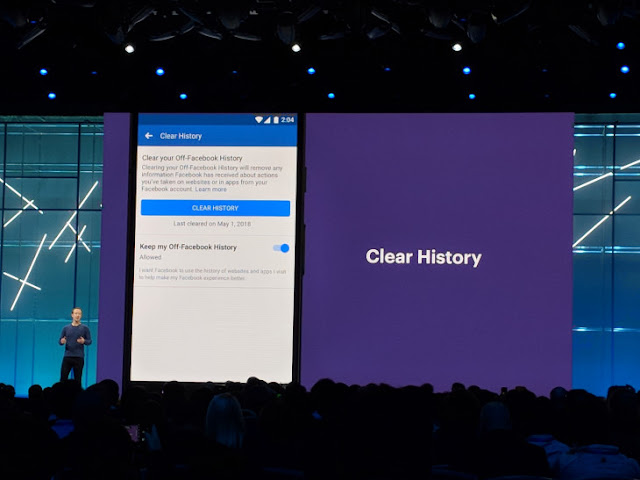Smartwatches
as devices for messaging and search are far eclipsed by the desktop, laptop,
tablet and phones, for obvious reasons, namely their tiny touchscreens. In tech
parlance, the smartwatch "input-output bottleneck" is lamentable, as
it is a headache trying to work with such a small space. As Andrew Liszewski
quipped inGizmodo, "human fingers aren't getting any smaller, and
interacting with a tiny touchscreen has proven a major disincentive for many
would-be adopters of the technology."
But
what if you can sport a smartwatch and just use your arm as a touchscreen?
Researchers at Carnegie
Mellon University
"Our
custom smartwatch hardware consists of five primary components," the team
said. The components are logic board, projector, depth-sensing array, metal
enclosure and battery.
Should
their prototype ever progress into a real product, its usefulness would be
easily appreciated, as one might consider what a smartwatch is especially good
for—and compiling a movie script is not included; it serves other purposes.
"Projectors have always
been the most convenient way to create a temporary but large screen, which
makes them the ideal way to improve the functionality of smartwatches where you
only occasionally want a larger touchscreen. Most of the time I only want to
see the time or who's texting me when I glance down at my Apple Watch."
The
team is calling their prototype LumiWatch.
Wearables
with "projected, on-skin touch interfaces have been a long-standing yet
elusive goal, largely written off as science fiction," said Robert Xiao, one of the team. They have a prototype that
is a functional and self-contained projection smartwatch. What do they mean by
describing their watch as self-contained? It performs an independent
operation—no tether to a smartphone or computer. The smartwatch offers roughly
40 square centimeters of interact area, around five times that of a typical
smartwatch.
Wareable said the combined hardware and software could
deliver the 1024 x 600-pixel resolution touchscreen display offering up an
interactive surface on the arm. "From that touchscreen, you can tap and swipe to help replicate the kind of gesture
support you'd get on a smartphone."
The
display is bright enough to be seen outside as well as indoors. "You swipe
left to unlock the watch, and apps
are then displayed along your arm," said The
Verge. Their watch logic board design involved a Qualcomm APQ8026
system-on-chip, which integrates a 1.2GHz quad-core CPU, 450MHz GPU, and
Bluetooth 4.0 and WiFi controller. They added 768MB of RAM, 4GB flash memory,
inertial measurement unit (IMU) and ambient light sensor. The smartwatch runs
on Android 5.1.
The
team's paper on their work is titled "LumiWatch: On-Arm Projected Graphics
and Touch Input." The author affiliations are Carnegie Mellon
Human-Computer Interaction Institute and the ASU Tech Co. in Beijing
The
prototype is powered from a 740mAh, 3.8 V (2.8Wh) lithium ion battery.
Battery life depends on whether the use is
intermittent or continuous. The authors reported on both situtations.
"Under average use conditions, we obtain over one hour of continuous
projection (with CPU, GPU, WiFi, and Bluetooth all active). In more typical
smartwatch usage, where the projection would only be active intermittently, we
expect our battery to last roughly one day."
The
authors tackled the challenge of heat dissipation; the small size of
smartwatches limits their heat dissipation capability. "Vents and fans are
a common solution to this problem, but cumbersome in a small and energy-limited
form factor," they said.
They
said that their current design "dissipates very little heat at the
watch-skin interface, as we placed the battery at the bottom of the watch
body." They noted future design possibilities: "A future design could
incorporate a metallic case thermally coupled to the logic board and projector,
which could dissipate some heat to the wearer. A second, more radical
possibility is to redesign the watch as a wristband, with hot components better
distributed, and also using the watch and straps as heat sinks."
All
in all, Gizmodo said, "the LumiWatch is the first smartwatch to
integrate a fully-functional laser projector and sensor array, allowing a
screen projected on a user's skin to be poked, tapped, and swiped just like a
traditional touchscreen."










No comments:
Post a Comment